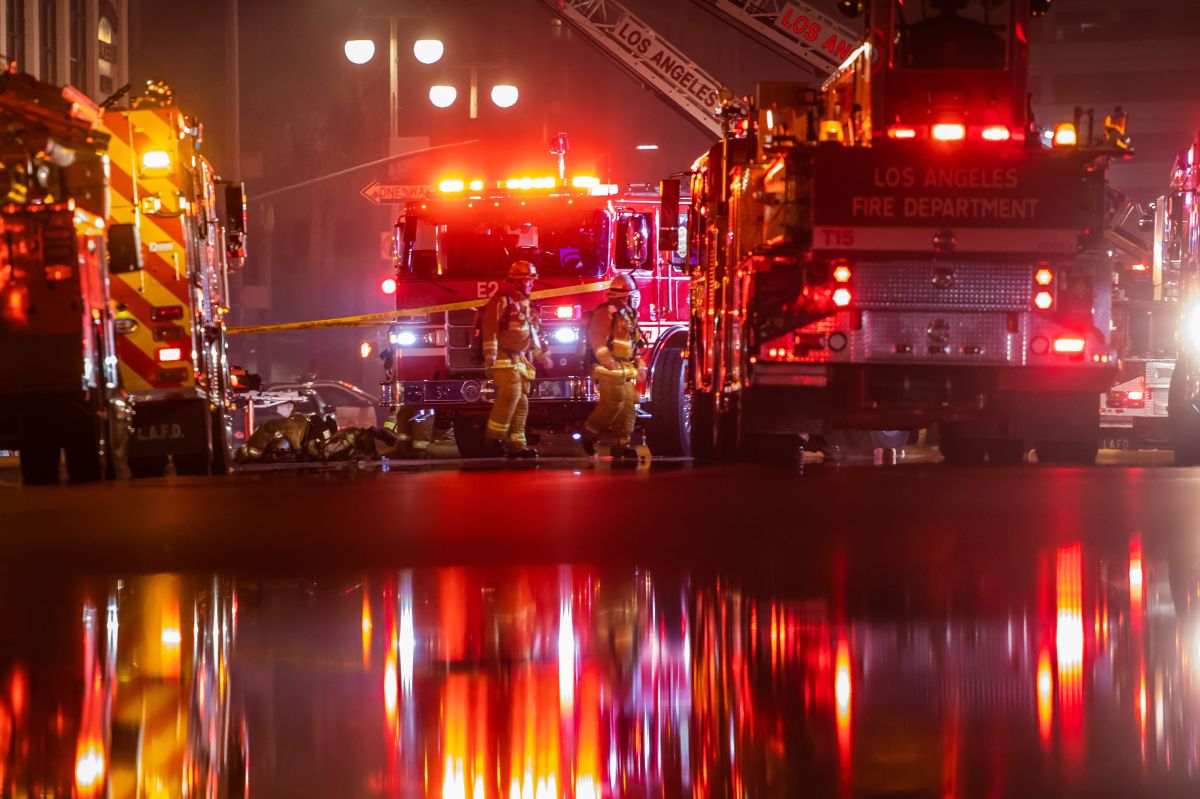Madrid, 26 (Europe Press)
The research, published in the journal Geophysical Research Letters, also shows that higher air temperatures are responsible for 89% of this ice loss.
Glaciers are found on every continent except Australia. They provide an essential source of fresh water. For example, glaciers in the high mountains of Asia alone provide water to more than 1.3 billion people. Glaciers are also important to industries such as hydroelectric power.
Therefore, the disappearance of glaciers around the world is bound to cause serious problems for local people and those who depend on the water flowing downstream.
Moreover, ice loss from glaciers contributes more to sea level rise than ice loss from any of the giant ice sheets in Greenland and Antarctica.
Despite the fact that mountain glaciers are key indicators of climate change and are important to society, estimates of global mass loss from glaciers have been limited to a few scientific studies. This is because there are many practical challenges in mapping and monitoring glaciers, which tend to be in complex rugged terrain, and because there is no specific satellite mission dedicated to doing so.
Noel Gormelin, of the University of Edinburgh, said in a statement: “I’m sure most people have seen pictures taken at different times showing how the end of a glacier has receded over time. We can also see this from satellite images.
“But we need to measure how the size of the glacier is changing in order to really understand what’s going on.”
The research team turned to the European Space Agency’s CryoSat satellite, which carries a radar altimeter to measure the height of icy surfaces. This works well for measuring sea level and the height of sea ice, which is used to determine how ice thickness is changing, and for measuring large polar ice sheets.
However, the footprint of this type of instrument is very thick for measuring and monitoring mountain glaciers.
“A few years ago, we developed a CryoSat data-processing technology, called additive processing, which revolutionized the use of CryoSat data in complex glacial topography. It reveals a lot of new details about glaciers,” said Dr. Gormelin.
Livia Jacob, from Earthwave UK, explained: “We have been able to use this technology to study glaciers all over the world and can report that in total mountain glaciers lost 2% of their volume between 2010 and 2020.
“That adds up to 2,720 gigatonnes in total. This can be imagined as a giant ice cube, larger than the highest mountain in Europe, which is quite awful. More importantly, we also found that the temperature of the air, which causes the surface of the ice to melt, It accounts for 89% of ice loss.”
While warmer air temperatures are responsible for a lower “surface mass balance,” the research team found that something called “ice dumping” was responsible for another 11% of the ice loss.
This is related to the termination of glaciers on the coast, where warmer ocean waters are largely responsible for the thinning of the ice flow front.
Dr Gormelin said: “The relative contribution of reduced surface mass balance and increased ice drainage to sea level change is well known for the Greenland and Antarctic ice sheets. We now know more about how the atmosphere and oceans combine to melt glaciers. Much work remains to be done. To improve these numbers and incorporate this knowledge into our forecasts for glaciers.”
Stephen Plummer of the European Space Agency explains: “Innovative work using the CryoSat in marginal altimeter mode demonstrates the value of altimeters for monitoring glaciers, thus fulfilling one of the mission’s secondary goals.”

:quality(70)/cloudfront-us-east-1.images.arcpublishing.com/metroworldnews/5CJW4ERWXVAHJCLOOBNFPWGPHE.jpg)

:quality(70)/cloudfront-us-east-1.images.arcpublishing.com/metroworldnews/LJCF777HXBH2RN3WEJUYY2VL7Y.jpg)

